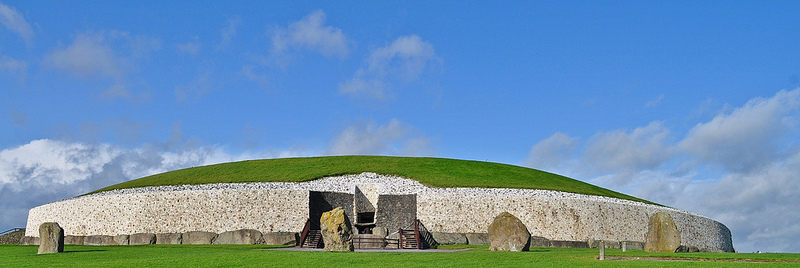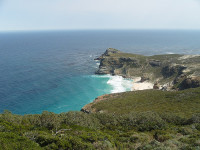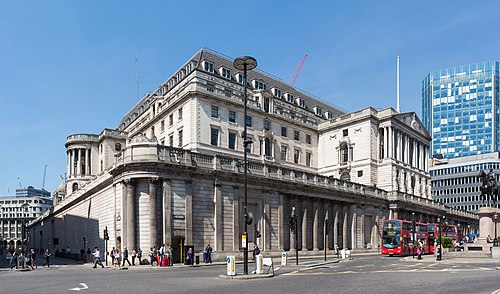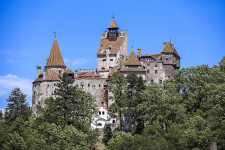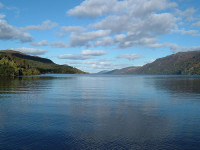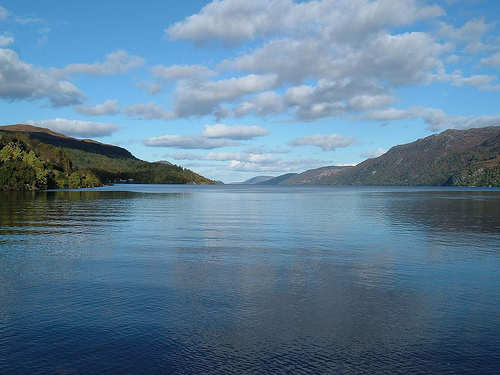
Newgrange takes prehistoric architecture to a new level.
- Newgrange, also known as ‘New Grange’, is a monumental structure that was built in ancient times, and is found in Ireland’s County Meath, in Europe.
- Newgrange is a roundish building in shape, featuring internal chambers and hallways, with an opening on the side that is facing south-east.
- In 1993, the UNESCO World Heritage Convention listed Newgrange as a World Heritage Site as part of the Brú na Bóinne group.
- Stone is the primary material used to construct Newgrange, while grass grows on the roof of the structure, and it also includes soil and sand.
- The height of Newgrange reaches 12 metres (39 feet) and has a diameter of around 80 metres (262 feet).
Newgrange
Image courtesy of Young Shanahan/Flickr
- Newgrange was built by a Neolithic community around 3200 to 3100 BC, and it is believed to be older than the Pyramids of Giza and Stonehenge, that are also renowned for their age and monumental significance.
- Newgrange is said to be a passage tomb, that has housed the remains of multiple people, while the structure may have also been used for religious purposes.
- Although abandoned some 1000 years after it was built, Newgrange managed to leave a significant footprint in the myths of Ireland, especially in the time of the Middle Ages.
- It is considered that Newgrange was first uncovered and entered by people from the modern age in 1699, by workers employed by the owner of the land, Charles Campbell; and this led to the beginning of historical interest, and the site was first investigated by Edward Lhwyd, a Welsh antiquarian.
- Newgrange is considered an art of architecture, featuring many creative corridors, sculptures and carved stones, as well as a window, known as a ‘roof box’, that lights the inner structure during the Winter Solstice.
Bibliography:
Newgrange, 2010, World Heritage Ireland, http://www.worldheritageireland.ie/bru-na-boinne/built-heritage/newgrange/
Newgrange, 2015, Wikipedia, https://en.wikipedia.org/wiki/Newgrange
Newgrange – Ireland’s Most Famous Monument, 2015, Mythical Ireland, http://www.mythicalireland.com/ancientsites/newgrange/






